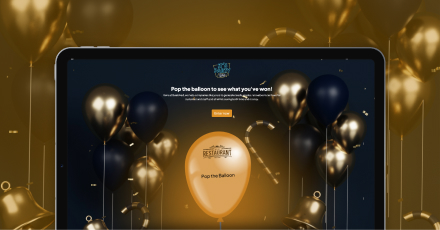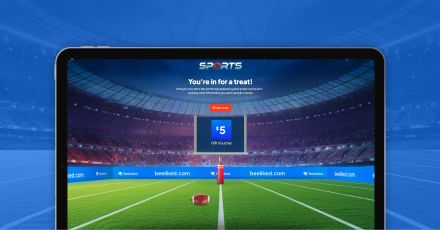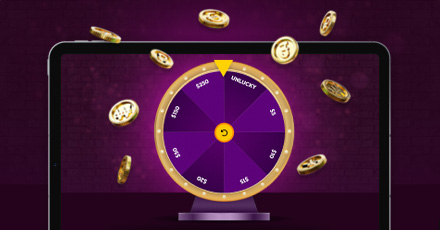Intrinsic rewards and motivators at work are popular topics for leaders and employers. One of the toughest challenges managers face is finding ways to change employee behavior. Helping people develop and improve the way they do things while encouraging them to do new things in novel ways isn’t easy. However, it is what many experts consider the “missing piece” to motivating employees, increasing employee engagement, and boosting productivity.

What Does “Intrinsically Motivated” Mean?
Intrinsic motivation techniques focus on helping employees become more productive, engaged, and happier in their work. Long-term benefits include better organizational performance and better-equipped employees to work more autonomously.
Business and management author Daniel Pink is well-regarded for his work on employee motivation and changing the nature of work and the workplace. His three elements of intrinsic motivation that encourage employees to improve are:
- Autonomy is the desire to direct our own lives.
- Mastery, or the desire to improve at something that matters.
- Purpose, which he defines as the desire to serve something larger than ourselves.
Today’s employees want their work to be intrinsically rewarding while reflecting their core values. What rewarding work looks like is individualistic, but organizations have multiple and proven employee engagement programs to meet workforce demands while maintaining a competitive edge.

Intrinsic vs. Extrinsic Motivation
Motivation is commonly defined as:
- The reason why someone does something.
- The level of desire a person has to do something.
For example, if someone wants to get more fit because it will improve their health, this can be defined as motivation. Conversely, someone who wants to “magically” be fit without doing the hard work involved to get there can be said to be unmotivated.
Also referred to as internal motivation, intrinsic motivation drives a person to act for the challenge or even fun of it. That’s in contrast to external or extrinsic pressures or rewards like raises that have traditionally been used to “motivate” employees.
How Do You Intrinsically Motivate Your Employees?
Intrinsically motivating employees begins with defining the organization’s culture: what it does, how it will do it, and how it will be meaningful to everyone who works there. Put another way, it’s:
- Commitment to a meaningful purpose.
- Choosing the best way to fulfill that purpose.
- Ensuring an employee is performing work activities competently.
- Making sure employees are making measurable progress in achieving the purpose.
These key factors help each employee assess their efforts’ value and effectiveness—and their contribution to the organization’s success. When they feel positive effects from their efforts, that is the intrinsic rewards they’re getting from their work. These intrinsic “prizes” keep employees engaged and motivated, from simple personal satisfaction to an exuberant celebration.

What Are Examples Of Intrinsic Rewards?
There are four types of intrinsic rewards believed to be motivators at work:
- A sense of meaningfulness. This reward comes from people believing they have an opportunity to accomplish something that matters in the larger scheme of things. An employee feels a strong sense of purpose or direction.
- A sense of choice. Employees feel empowered to use their best judgment to choose and perform work activities in a way that works for them. They achieve the organization’s stated goal but feel ownership of their work.
- A sense of competence. When employees feel they’re handling their work activities well and assess their performance to be meeting or exceeding their personal standards, they feel a sense of satisfaction, pride, or even artistry in how well they’ve handled their tasks.
Sense of progress. An employee is encouraged that their efforts are really accomplishing something. They feel their work is on track and moving in the right direction. They also see convincing signs things are working out, giving them confidence in their choices and the future.

Specific examples of the concept of intrinsic rewards might include:
- Participating in a sport because you find it fun, not because you want to win a trophy or title.
- Spending time with someone because you enjoy their company, not because they can further your business or social standing.
- Volunteering because it brings a sense of contentment, not because it’s required for school or work credit.
- Creating a piece of art because it makes you happy, not making money from it.
How To Intrinsically Motivate Employees
Intrinsic rewards have repeatedly been shown to offer significant benefits to employees and employers. Despite this, management at many organizations continues to underestimate or flat-out dismiss how important they are. Most of this bias comes from the human tendency to continue doing things as they’ve always been. Managers must change their mindset to one where intrinsic rewards are valued and carried out.
There’s no big secret or complicated path to intrinsically motivating employees. It begins by finding out who they are and what they want. What is the best way to do that? Ask them. Other ways to identify and develop work motivators include:
- Evaluating an employee’s work and life stage. Are they new to the organization or getting ready to retire?
- Tailor work motivation to individuals, teams, and departments. It’s generally true that what motivates engineers is not the same as what motivates sales or marketing people.
- Personalize motivation techniques. Some employees love public recognition, while others are uncomfortable with it.
- Leverage workplace flexibility as a motivator. Make it possible for employees to work remotely, at least some of the time, and make it easier for them to balance their work/life needs.
- Encourage growth by providing career help, advice, and training. Along with finding out what type of work an employee enjoys now, ask what they hope to be doing in the future and give them the tools and opportunities to make it happen.
Employees need to keep educating themselves on the job, and it’s up to management to ensure they can do just that. In-house or online classes, training sessions, and seminars are great motivational tools.
Gamification and Intrinsic Rewards
Motivating employees is largely about learning who they are, their goals, and what incentives will satisfy them. Gamification inspires intrinsic motivation because it taps into the human need for competition, rewards, and status. It also helps employees see how small steps that are rewarded are the path to realizing bigger goals.
About BeeLiked
We believe the key to motivating employees, improving workplace attitudes, and increasing productivity is the willingness to adopt engagement techniques like gamification that inspire and satisfy employees every step of the way. To learn more, get in touch with BeeLiked today to set up a no-obligation discovery call.



















